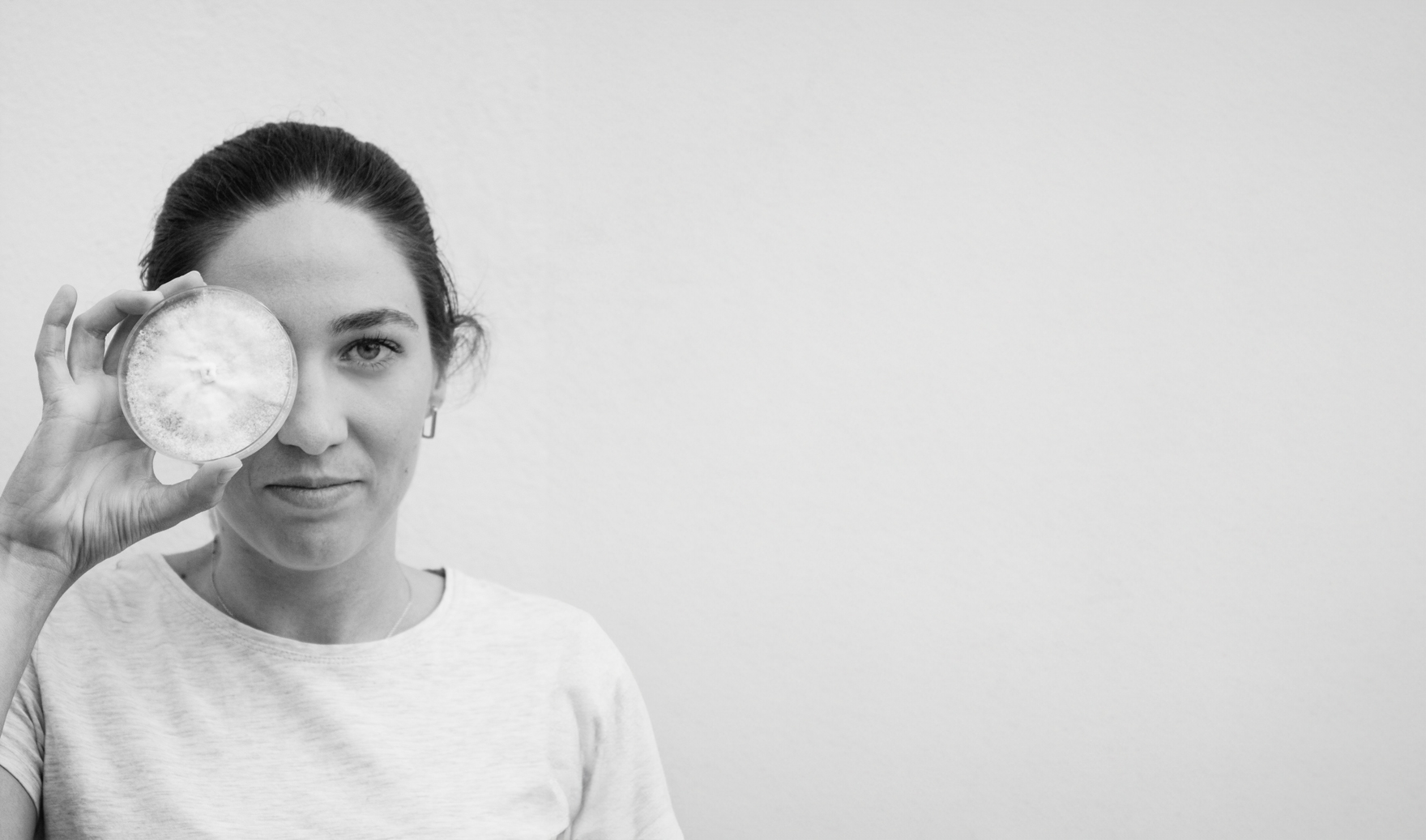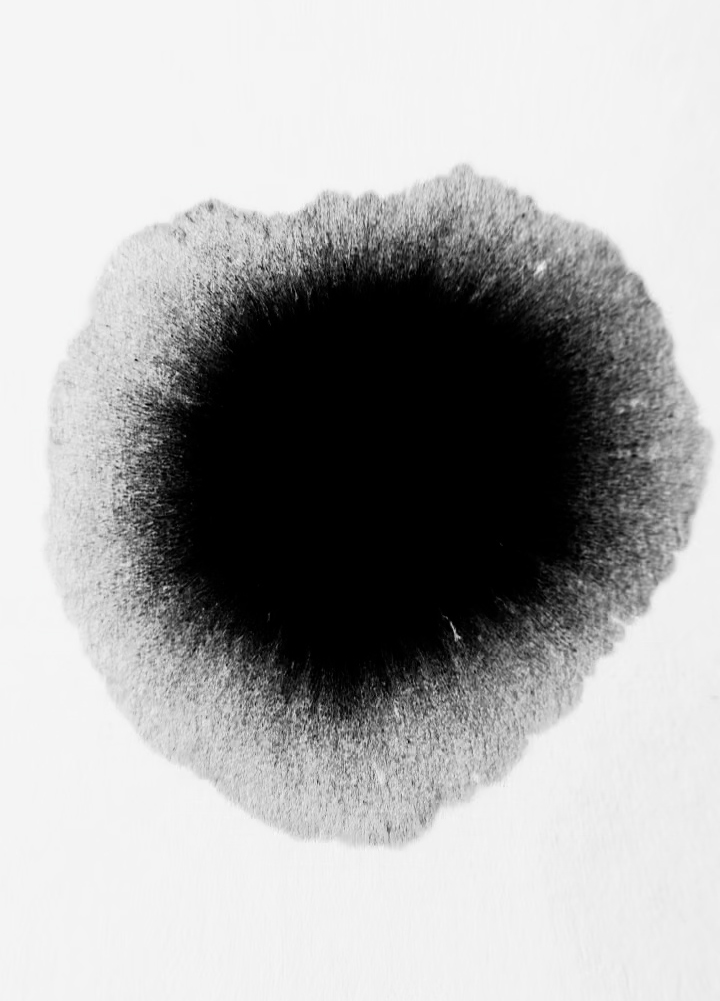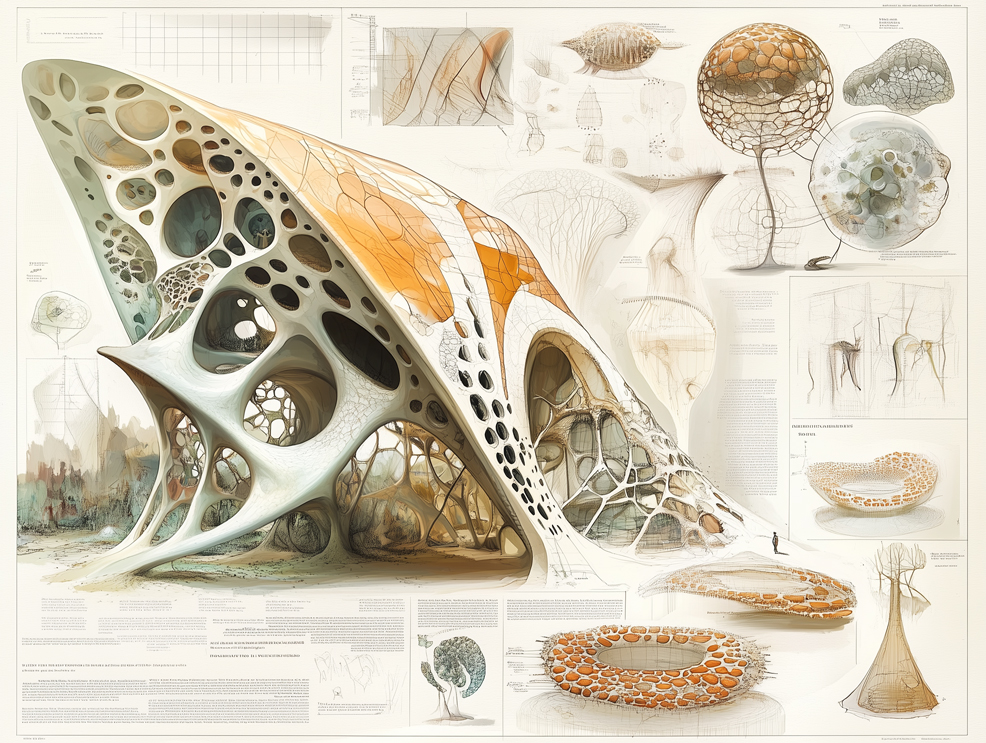
Nature stands as the ultimate innovator. Every element of the natural world, from intricate biological processes to awe-inspiring physical structures, has been honed over millions of years to address environmental challenges with unparalleled efficiency. This evolutionary mastery forms the foundation of biomimicry, a groundbreaking discipline that draws inspiration from Nature’s principles to derive innovative solutions for technology, architecture, and design.
For architects and designers, biomimicry is more than a methodology—it’s a transformative way of thinking that integrates sustainability, functionality, and aesthetics at the highest level, offering an unparalleled approach to modern design challenges.
BIOMIMICRY: HARNESSING NATURE’S GENIUS TO DRIVE INNOVATION
The term “biomimicry” originates from the Greek words bios -life- and mimesis -imitation. At its core, it embodies the study and emulation of Nature’s strategies to solve human challenges. It’s not merely about copying but understanding the mechanisms that drive the natural world and transforming it into groundbreaking innovations.
Leonardo da Vinci was one of the earliest pioneers of biomimicry. In his studies of the “flying machine,” he drew inspiration from bird wings to design a contraption that could mimic flight. An insight that, centuries later, paved the way for modern aviation.
Then there’s Velcro, inspired by burdock seeds clinging to fur with tiny hooks. Or the structural design of honeycombs, which has guided architects worldwide to create strong and efficient structures.
Even plant photosynthesis has led scientists to develop next-generation solar cells.
Biomimicry is an extraordinary bridge. It connects the intelligence of Nature with human ingenuity, proving that to innovate, we must first learn to observe.
These examples, among many others, demonstrate biomimicry’s versatility in bridging natural intelligence and human ingenuity.
BIOFABRICATION AND BIOMIMICRY: THE SCIENCE THAT CREATES, THE NATURE THAT INSPIRES
It is beyond doubt that Nature is our oldest teacher. Every leaf, shell, or fungal network holds a manual of design and innovation. From this boundless source of wisdom arise biofabrication and biomimicry, two disciplines that blend biology, engineering, and creativity. Two different approaches to interpreting and enhancing life, both extraordinary. Biomimicry, as we’ve seen, is the art of taking inspiration from Nature. It isn’t created by means of an active collaboration with nature; it sources inspiration from it, imitating its strategies.

BUT WHAT ABOUT BIOFABRICATION?
Biofabrication takes a different approach—it’s the science of building with life itself. Scientists and engineers work with living systems such as mammal cells, bacteria, fungi and yeasts, and other microorganisms, to design innovative solutions that can act as alternatives to polluting and non-renewable materials like plastic and concrete. Beyond environmental applications, biofabrication plays a crucial role in regenerative medicine, enabling the creation of tissues, organs, and biomaterials to repair or restore biological functions. It’s where biology becomes a tool for transformation, both for the planet and for the health of human society.
WHEN BIOFABRICATION AND BIOMIMICRY MEET
What happens when the creativity of biomimicry merges with the possibilities of biofabrication? The result is nothing short of remarkable: Nature evolves from a mere source of inspiration to becoming an active partner in both design and material creation. In this fusion of imitation and innovation, technology and biology come together to deliver groundbreaking, sustainable solutions.
One of the most exciting frontiers lies in material science, where accelerated advancements in the past decade are shaping the future of sustainable design. Nature is no longer just a muse—it’s a true collaborator, as in the case of projects developed in collaboration with fungal mycelium. Mycelium, the vegetative body of fungi, is the natural connector of living organisms in the soil ecosystem, such as for instance in the case of the symbioses that it establishes with plant roots. Working with mycelium offers unique opportunities for creating sustainable, versatile materials. Lightweight, resilient, and biodegradable by its very own nature, mycelium can be cultivated with minimal input resources, making it an ideal partner for eco-friendly production processes.
PRODUCTS FOR INTERIOR DESIGN
Mogu is a pioneer in sustainable materials. The company produces materials by growing selected strains of mycelium on pre-engineered substrates consistong of a mix of agro-industrial and upcycled textiles residues. Mogu Acoustic Panels offer unparalleled acoustic comfort and are the most sustainable solution available in the market for interior design applications.
FASHION & BEYOND
Another key example is ephea™, an innovative material class of flexible mycelium-based materials. With its soft textures, high performance, and overall quality, ephea™ is revolutionizing luxury fashion as well as many other sectors, from automotive to product and furniture design. Its sustainable credentials and sophisticated looks make it ideal for multiple high-end applications.
On another hand, Algae-based bioplastics exemplify both biomimicry and biofabrication, harnessing Nature’s ability to produce biodegradable polymers to be used as eco-friendly alternatives to traditional plastics. Such materials can often also absorb CO₂ along production, significantly reducing environmental impacts.

BIOMIMICRY: NATURE – INSPIRED SOLUTIONS FOR ARCHITECTURE AND DESIGN
Biomimicry and biofabrication are not just passing trends; they represent a pivotal moment in the evolution of design and production, as inspired by the wisdom and knowledge of our ancestors. By observing and ingeniously collaborating with Nature’s intelligence, architects and designers can create materials and spaces that meet human needs while aligning with the urgent adoption of solutions that support key environmental principles.
Designing with biomimicry is about embracing a philosophy that honors Nature’s intelligence and elevates it through human creativity. Such an approach stands as a testament to the timeless principles of adaptation, efficiency, and resilience. For architects and designers, the challenge and the opportunity lie in crafting solutions that reflect these ideals, proving that working with—and for—Nature is key to our future. It’s time to Design with Nature—not just as inspiration, but as a partner, to jointly shape a truly sustainable and remarkable symbiotic relationship.
